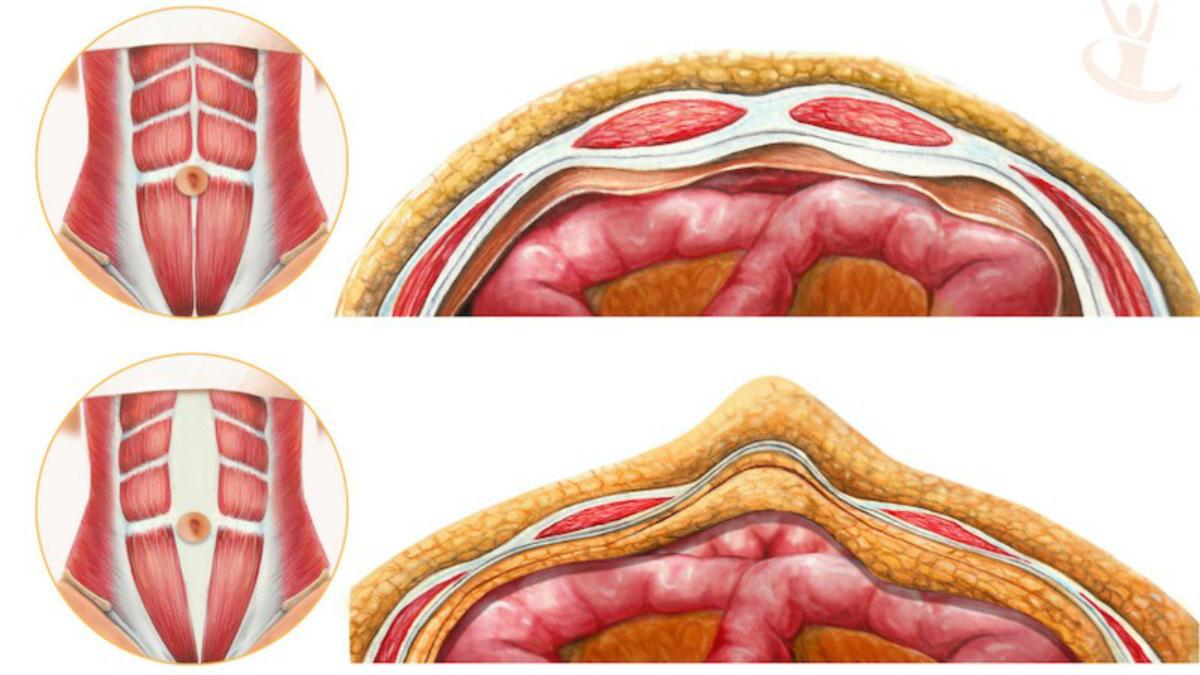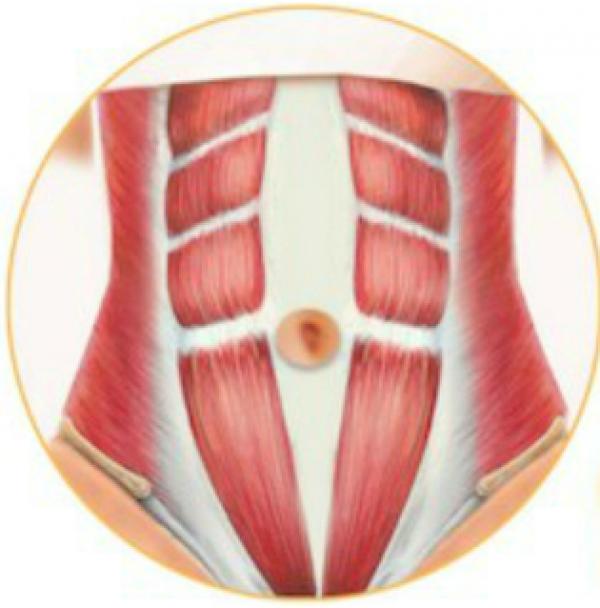Pelvic health physios will be raising awareness of the condition of diastasis rectus abdominis (DRA), during a social media campaign that runs from 13-17 May.

The one-week campaign has been organised by Pelvic Roar, a physiotherapy-led campaign group that works to increase awareness about pelvic health issues and associated conditions like DRA.
DRA is often experienced by women during and after pregnancy and involves a prolonged and excessive thinning and widening of the linea alba [the connective tissue that runs down the midline of the abdomen].
Using social media, Pelvic Roar aim to educate people about DRA, debunk myths about the condition and provide evidence based advice about treatment and management options.
During the week, infographics and educational information about the condition will be appearing on Instagram, Twitter and Facebook under the hashtag #pelvicroar- and the organisers hope CSP members will provide support by sharing their posts.
Often misdiagnosed or unrecognised

Gráinne Donnelly is an advanced physiotherapist and team lead for pelvic health physiotherapy at Western Health and Social Care Trust in Northern Ireland.
She told Frontline: ‘I have a particular interest in the assessment and management of Diastasis Recti and have developed extensive experience with this patient population over the last 10 years.
‘Unfortunately, it is something that is misdiagnosed or unrecognised in our current healthcare models as it is often considered to be solely a cosmetic issue.
‘Research and clinical experience have informed us otherwise and we know that it can have physical implications.
‘However without official guidelines or pathways for this condition there continues to be significant conflicting information put out there to the general public which is both confusing and fear inducing.
‘So the aim of this campaign is to provide health and fitness professionals and the general public with evidence informed information about what we DO know about diastasis and what CAN be done about it.’
Physiotherapy management and further research
Ms Donnelly is currently undertaking an exploratory research study involving DRA as part of a Masters in Advancing Practice at the University of Ulster.
And she recently published an evidence-based article on the physiotherapy management of diastasis recti (POGP Journal 124, Spring 2019).

‘It is normal for women to experience some degree of separation especially in situations such as pregnancy, however it generally resolves naturally postnatal,’ Ms Donnelly explained.
‘But in approximately 1/3 of women, excessive and prolonged widening can continue which may impact abdominal wall function and appearance, often resulting in a pendular or "mummy tummy" appearance.
‘The current research is sparse, however the research that does exist suggests the condition may lead to a slightly increased risk of pelvic organ prolapse in some women.’
She added that physiotherapists have an important role to play in the diagnosis, education and management of DRA.
‘And many women with diastasis respond well to individualised functional rehabilitation.’
To find out more about the condition Ms Donnelly is collaborating with Fit2B, an online educational and home exercise online fitness platform, to conduct a research survey that focuses on diastasis appropriate workouts.
Pelvic Roar was set up by physiotherapists Myra Robson, Emma Brockwell and Elaine Miller, who are all members of the Pelvic, Obstetric and Gynaecological Physiotherapy (POGP) professional network.
Find Out More
Number of subscribers: 4



































